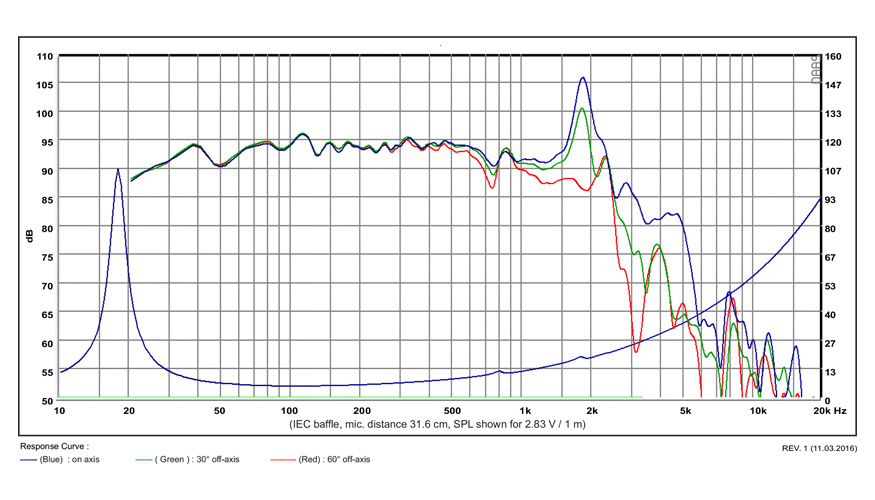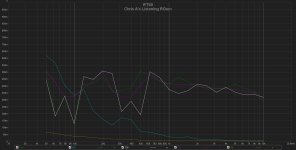Output impedance of Shishido LCR Phono
- By WFCkeyman
- Tubes / Valves
- 19 Replies
Anyone knows the output impedance of Shishido LCR Phono stage? Thanks!
Should add to the list that watched threads here seems to now be defaulting to all rather than unread, which makes it decidedly less useful.Got it! A weekly email to let me know which of my watched threads have been updated would go down a treat. Thanks JP.
 _DSC5343-1 by Ivan Pelaez, en Flickr
_DSC5343-1 by Ivan Pelaez, en Flickr _DSC5335-1 by Ivan Pelaez, en Flickr
_DSC5335-1 by Ivan Pelaez, en Flickr _DSC5338-1 by Ivan Pelaez, en Flickr
_DSC5338-1 by Ivan Pelaez, en Flickr _DSC5351-1 by Ivan Pelaez, en Flickr
_DSC5351-1 by Ivan Pelaez, en Flickr IMG_20200625_131638 by Ivan Pelaez, en Flickr
IMG_20200625_131638 by Ivan Pelaez, en Flickr IMG_20200705_101158 by Ivan Pelaez, en Flickr
IMG_20200705_101158 by Ivan Pelaez, en Flickr IMG_20200705_101333 by Ivan Pelaez, en Flickr
IMG_20200705_101333 by Ivan Pelaez, en Flickr IMG_20200705_101517 by Ivan Pelaez, en Flickr
IMG_20200705_101517 by Ivan Pelaez, en Flickr IMG_20200710_172850 by Ivan Pelaez, en Flickr
IMG_20200710_172850 by Ivan Pelaez, en Flickr IMG_20200716_194107 by Ivan Pelaez, en Flickr
IMG_20200716_194107 by Ivan Pelaez, en Flickr IMG_20200807_155736 by Ivan Pelaez, en Flickr
IMG_20200807_155736 by Ivan Pelaez, en Flickr IMG_20200825_161242 by Ivan Pelaez, en Flickr
IMG_20200825_161242 by Ivan Pelaez, en Flickrxrk971 - 1 case - USA
JPS64 - 1 case - USA
gary s - 1 case - Australia
Vunce - 1 case - USA
windwardmt - 1 case - USA
TungstenAudio - 1 case - USA
Meanie - 1 case - Singapore
Roundtoit - 1 case - USA
mordikai - 1 case - USA
afoor - 1 case - USA
Big E - 1 case - Canada
TboneAK - 1 case - USA
Sampsonite - 1 case - USA
jwjarch - 1 case - USA
batty - 1 case - Australia
MD_Stryker - 1 case - USA
jhofland - 1 case - USA
BEYoung -2 cases - USA (if possible)
ZUM911 - 1 case - Australia
Kokanee - 1 case - Canada
bk856er - 1 case - USA
BRN - 1 case - USA
urien - 1 case - USA
TOTAL = 24 cases

In the spirit of jumping into this, here is a typical RT60 plot taken from a REW measurement in my listening room (approximately at the listening position):For domestic listening rooms and recording studios with volumes of less than 50 cubic metres (1,800 cubic feet) the recommended RT60 value is 0.3 s. For larger rooms, up to 200 cubic metres (7,000 cubic feet) the recommendation is 0.4 to 0.6 s. In both cases the value should be fairly uniform across the frequency range, though it will typically tend to increase at lower frequencies.
